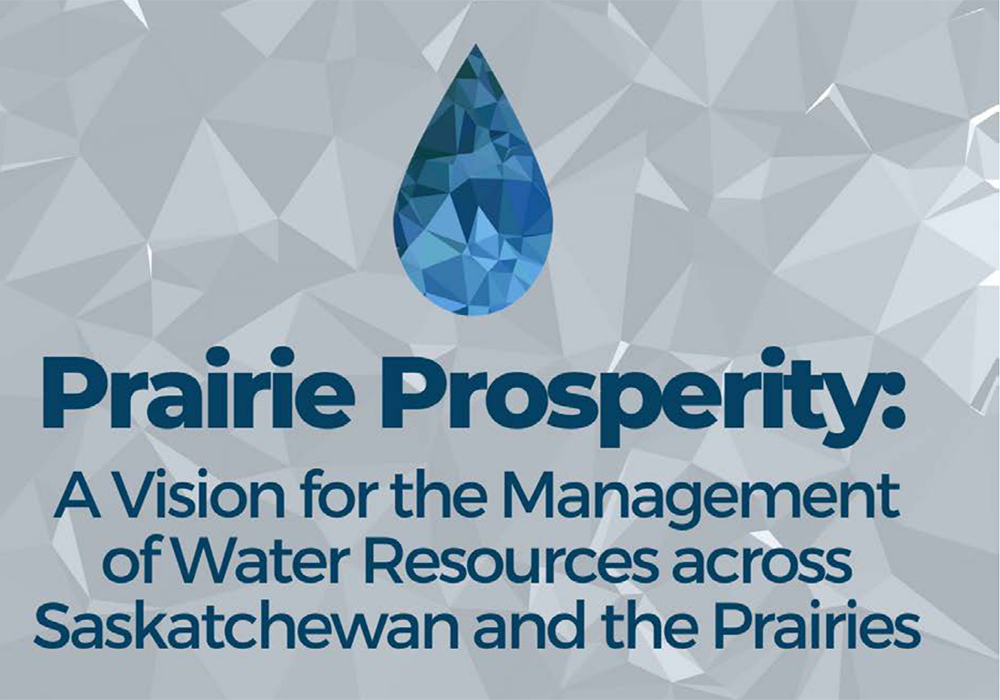A report to the federal government recommends it support developing irrigation infrastructure in Saskatchewan.
Prairie Prosperity: A Vision for the Management of Water across Saskatchewan and the Prairies has been prepared by Western Economic Diversification after 18 months of study.
It was released Aug. 31.
The report said constructing the Westside Irrigation and Qu’Appelle South Irrigation projects would enhance water security and allow Saskatchewan to “harness its agricultural and growth potential for the benefit of all Canadians.”
Read Also

Farming Smarter receives financial boost from Alberta government for potato research
Farming Smarter near Lethbridge got a boost to its research equipment, thanks to the Alberta government’s increase in funding for research associations.
The Saskatchewan government in July announced the plan to complete a $4-billion irrigation expansion at Lake Diefenbaker. That could add up to 500,000 acres of irrigation as well as secure water supplies for Regina, Moose Jaw and the industrial corridor between the two cities.
“WD has arrived at the conclusion that these infrastructure projects are valuable and necessary, and should be pursued with ambition,” the report said.
It pegs the cost at $3.27 billion and the economic benefits at an $85 billion contribution to the Canadian gross domestic product and about $20 billion in net tax returns for governments.
“It is also clear that enhancing collaboration and co-ordination would support climate change preparedness for communities and sustainable water management for future generations,” the report said.
Critics have warned about the environmental consequences of taking more water from Lake Diefenbaker for irrigation. The report noted that water resources are interconnected and decisions made in one province affect others.
“Overlaying the possibility of advancing irrigation and water infrastructure projects in Saskatchewan are the very real and important environmental impacts, including the increased use of agricultural inputs and water availability in Lake Diefenbaker,” the report said. “Through consultation with Indigenous partners and stakeholders on the impact assessment process, research and engagement with other jurisdictions, and ongoing monitoring and course corrections, the environmental risks of these projects need to be fully addressed and minimized.”
Current models show enough water for both irrigation projects in a median flow year, but the report said operating objectives of Lake Diefenbaker should be reviewed.
The report also sets out ways the project could be funded, including federal participation and public-private investment. One option is to use the Canada Infrastructure Bank, which funds large capital projects through privately backed loans or investments.
The report said a suitable model would allow the infrastructure to be built, operated and maintained with an acceptable mix of public and private funds while insulating taxpayers from financial burden.
Terry Duguid, Manitoba MP and parliamentary secretary to Melanie Joly, the minister responsible for Western Economic Diversification, said projects like this should be part of a broader strategy, including a Canada Water Agency.
Contact karen.briere@producer.com


















